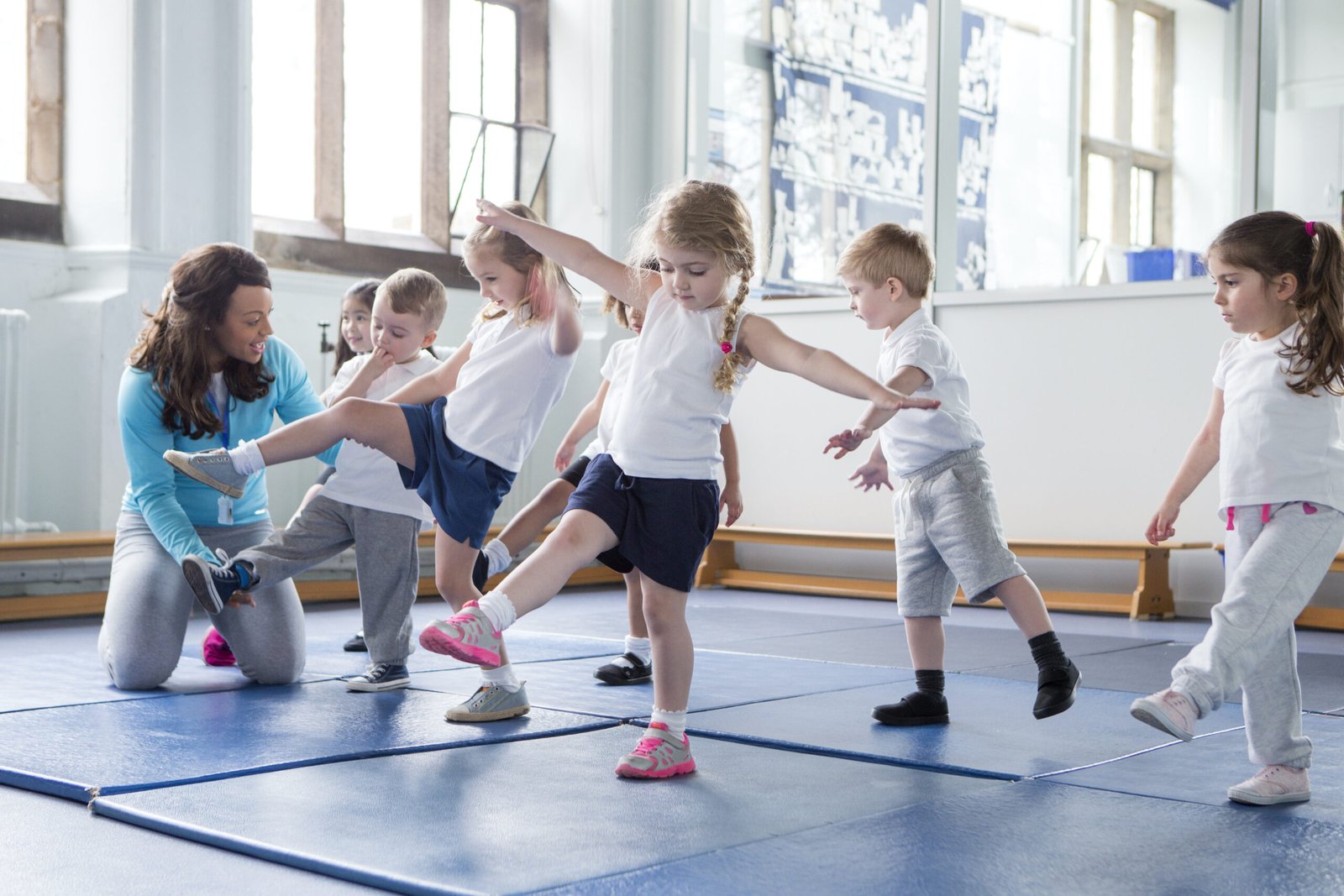SPORT and leisure has barely featured in party messaging ahead of this week’s local elections as it’s not a big vote-winner. Yet, as Scotland’s councils welcome new councillors and leadership contests, this is where our elected men and women will face some of their biggest, most impactful decisions – and opportunities to make a difference – in the months ahead.
Scotland suffered significantly through the Covid pandemic and chief among the reasons for a high number of cases, hospitalisations and deaths was the level of inactivity and poor health and wellbeing across the population (latest report here). This was flagged up long before the pandemic, with clear messages from across the medical professions that inactivity was now contributing to 40 major diseases and causing thousands of annual deaths in Scotland (report here). The country’s life epectancy has begun to fall in recent years and prior to the pandemic was the lowest in western Europe.
OSS research in 2021 told us that, far from swathes of people across Scotland exploiting lockdown and furlough to be more active, 47% of adults engaged in less sport activity than before the pandemic – just 14% did more. We are soon to survey children across Scotland to ascertain Covid impact on 5-18-year-olds’ sport activity levels and habits. But, with 22% of five-year-olds having been categorised as at risk of overweight and obesity in 2019, we expect the 2022 Scottish Household and Health Surveys conducted by government to show that the figures worrying medics pre-Covid have deteriorated further.
So, if the time for change was upon us before the pandemic, Covid should have pushed it front and centre in politicians’ minds. The Scottish Government, under First Minister Nicola Sturgeon, has indeed made health and wellbeing a key focus for the current parliamentary term, and called on local authorities across Scotland to join the battle to reverse these trends in Scotland. But can they? In countless surveys, people tell us that they want to do more to be healthier, but they are facing more and more obstacles.
The OSS published research in 2019, written by Nick Rowe, showing that while people from more affluent backgrounds were doing more sport activity, such as walking, cycling and gym work, the other side of Scotland’s population had been on a downward trajectory for two decades.

Participation in sport and physical activity remains high in primary ages in Scotland, but suffers a severe decline in teenage years.
A key reason is not laziness, as lazy and ignorant commentators might have you believe, but the growth of new barriers to people in the 21st Century. The no1 barrier in Scotland identified in 2019, in a paper written by Professor Tess Kay, of the University of Stirling, is poverty and inequalities, something likely to have been exacerbated, since that report’s publication, by Covid and heightened cost of living.
Local government has a key role here. With sport and leisure not a statutory requirement of local authorities, as local budgets have tightened, so Scottish councils have reduced investment in local sport and leisure on an annual basis, as reported by the EKOS research consultancy in 2016-17. This led to Scotland’s 25 leisure trusts – charitable bodies such as Glasgow Life, Edinburgh Leisure and Highlife Highland that most councils use to manage public sport and leisure – going public prior to Covid to explain that this lay behind price increases, reduced opening hours and the closure of some facilities altogether. Yes, that was PRIOR to the pandemic shutting them down.
Now, as we sift through the Covid impact, without the emergency funding and furlough that kept trusts operational, albeit with reserves demolished and around 25% of pre-Covid users yet to return, there are stark choices facing councillors in 2022-23. Added to the energy, staffing and health and safety costs, is the problem of staff shortage with hundreds of people across Scotland quitting sport and leisure through the pandemic, and recruitment proving a major struggle for roles such as pool lifeguards. New data from the European Observatoire for Sport and Employment shows around 13,000 staff were lost from sport and leisure roles in the UK in the first year of Covid alone, with another report stating that over 6,000 swimming teachers have been lost.
New councillors will soon discover local facilities they saw as great hives of activity are in fact under threat of closure unless new funding is provided. In most cases these will be in the more deprived areas, where they are generally popular places that provide lifelines to social cohesion, mental and physical health and wellbeing for all ages and abilities – sometimes the only reason to leave the house – but where the income generated is nowhere near enough to cover modern-day costs.
High roofs and perspex were great design ideas in the 1970s, but now make facilities a nightmare to heat, not to mention the 100-year-old buildings.
In a 2017 report, one Victorian swimming pool in the Glasgow area reported that to cover costs it would have to charge more than £11 per swim. A Scottish Government Cabinet Secretary, who represented that ward, admitted that that was unsustainable – a fact that persuaded him not to remove the trusts’ business rates relief. But, while £11 is at the extreme end, all public facilities require government subsidy, so as council funding is reduced, prices rise, more people are squeezed out, footfall drops and facilities can appear to become white elephants. The model of leisure trusts has actually been a good one, improved management and innovative approaches saving many facilities from closure and delivering extremely good sport and leisure services for the investment. But the investment is poor and on current trends it faces a race to the bottom and bankruptcy.
The reality is that new funding is difficult to find, but brighter, sustainable futures are possible with fresh thinking. The idea that people no longer wish to exercise is palpable nonsense, but we need to acknowledge that the world has changed significantly in the past 20-30 years, and we must adapt. Children no longer play in streets (rightly, perhaps, as most are unsafe) and rely more on transport to facilities, and money, simply to play. Scottish state schools once provided blanket nationwide sport, but now operate a postcode lottery of extra-curricular activity – where activity is generally free or low-cost and accessible within walking distance. Independent schools have recognised its value to health but also to nurturing self-belief, confidence, teamwork and resilience in shaping the leaders of tomorrow, and ramped up sport opportunities in the last two decades.
OSS research showed most Scottish councils stopped extra-curricular sport for 18 months and longer during Covid – some have still not returned, 26 months on – while 10 councils restored it after just six months (lockdown periods excepted). Why the difference? No explanation was forthcoming. Independent schools also returned after six months. In fact, some state secondary schoolchildren have even had no PE in the past two years, schools allowing them to focus instead on ‘catching up’ with other academic classes.
The shift to facility-based sport and fall in school sport are key contributors to reducing opportunities for children and young people, and science shows that if children walk away from sport activity in their teen years they are less likely to return to it as adults – through a lack of confidence, mainly – and so more likely to be inactive.
We need to listen to Scotland’s young people. Among the top requests made by children in recent surveys conducted by Children’s Neighbourhoods Scotland was the opportunity to play sport with their friends. It sat alongside a desire for regular food and safety as top of wish lists. That was how important the children considered opportunities to play in their communities, and it correlated with their belief that they did not have safe places to play close at hand.
Dr Fiona Bull, physical activity expert at the World Health Organisation, said in a 2019 report on the increasing sedentary behaviour:
“Children are not lazy. This tells us something universal, but it’s not about children. It’s the neglect and failure of us to prioritise physical activity.”
We know that the simple opportunity to play regularly impacts hugely on physical and mental health and wellbeing, educational attainment, community cohesion, anti-social behaviour, levels of happiness, self-respect, confidence, resilience and respect between generations – and, crucially, if part of the teenage growing-up/transition process, is likely to last a lifetime.
The challenge is not to go back 20 years, but to adapt our environment and approach as adults – as politicians, planners, teachers, leaders, coaches and motivators – to replace lost opportunities to be active with new ways that fit and attract people of today.
That is why Scotland’s new councils cannot afford to body swerve the issue of rethinking their provision and delivery of local sport and leisure, as many have done in recent years, but instead should grasp the opportunity to act, think differently and plan for a brighter, healthier future in their communities. They are elected to make a difference and what better legacy could a local authority leave its community than improved health and wellbeing? The CEO, finance director and health and social care partnership will also appreciate the reduced healthcare burden.







Thought Piece from Charlie Raeburn for Reform Scotland